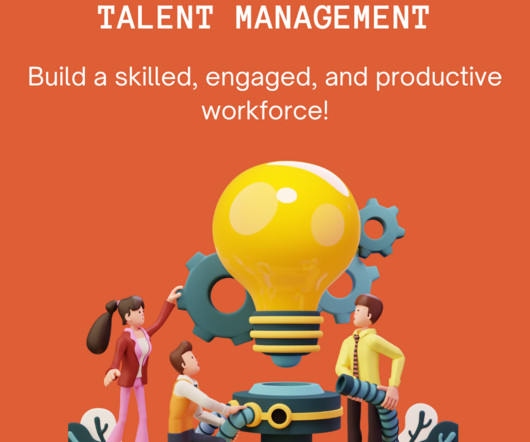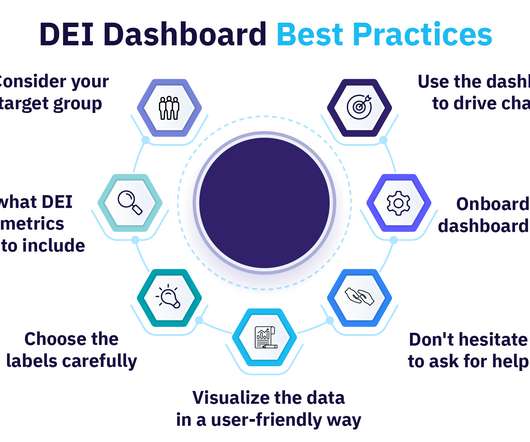Talent Management- What Is It and Why Is It Important?
Engagedly
APRIL 16, 2023
For some, it could mean building a strong culture around employee satisfaction, while others might consider it to be about providing employees with the tools necessary to succeed in their jobs. The ultimate aim of successful talent management is to develop a pool of highly talented workforce that remains with organization for long term.
























Let's personalize your content